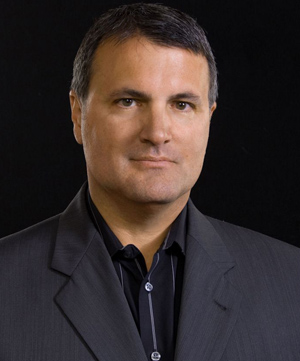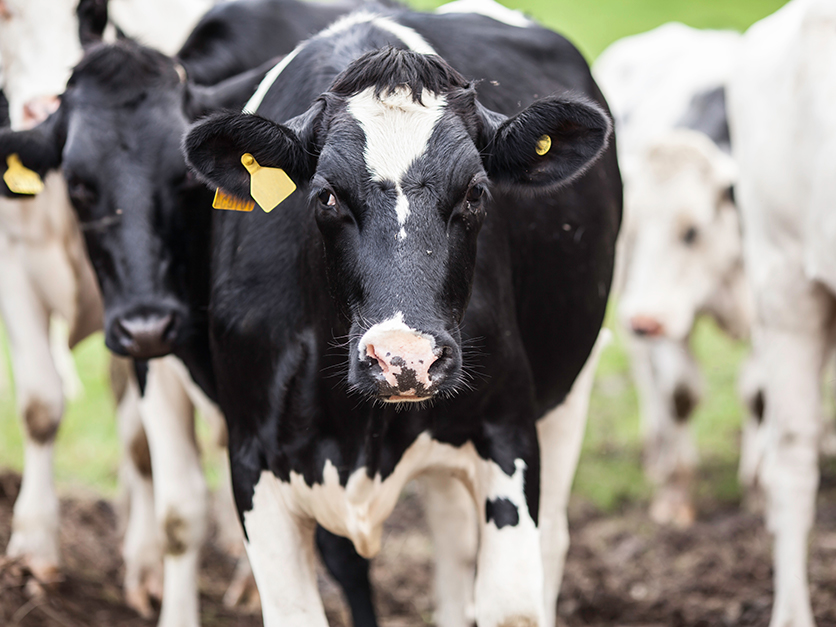California dairy farmers have one clear message for the Newsom administration when it comes to combating climate change. They are calling for the state to restore incentive grant funding for methane reduction programs so California does not fall behind other states in mitigating dairy emissions.
“If the only incentives are those from the Low Carbon Fuel Standard [LCFS] program, then California’s policies are going to lead to methane reductions everywhere but here,” said Dairy Cares Director Michael Boccadoro during a CDFA workshop last week aimed at gathering industry ideas on climate solutions.
California created the LCFS to decrease carbon intensity in the transportation fuel sector. It incentivizes several types of low-carbon and renewable alternatives, including biogas from dairy digesters. The program has provided dairy farmers a revenue source to help cover the cost of investing in dairy digesters, since they can pipe the refined methane into existing natural gas systems.
Biofuel advocates have been pushing the Biden administration to adopt some version of California’s LCFS at a federal level. Given that CDFA Secretary Karen Ross once served as chief of staff for Tom Vilsack, who is returning as USDA secretary, Boccadoro expected the federal administration will be looking at the success of CDFA’s dairy digester program. The state’s Legislative Analyst’s Office (LAO) has found the program to be the most cost effective among the many emissions-reduction programs.

Dairy Cares Executive Director Michael Boccadoro
Since its inception in 2015, CDFA’s dairy digester program has awarded more than $150 million in incentives and gained more than $400 million in matching funds. Boccadoro estimated up to 140 projects have been developed or are currently in development. According to CDFA, that is the equivalent of taking more than four million cars off the road.
Kevin Abernathy, general manager of the Milk Producers Council, explained that new technologies like this have to be monetized through a revenue stream. It took the industry more than a decade and three phases of technology to establish a sustainable revenue stream. But regulatory costs can create an economic juggling act for dairies.
“One of my biggest frustrations in talking with folks is the fact that they look at things with blinders: Climate change, climate change, climate change,” said Abernathy. “We don't have that opportunity in California or nationally.”
Air quality regulations for criteria pollutants “trump the fact that we have greenhouse gas and climate change,” because emissions regulations are mandatory and often costly, while the state has not mandated climate-smart practices. The technology is also extremely expensive, he said.
“We've learned this multiple times through millions of dollars of research in the dairy industry,” said Abernathy. “We have a lot of ‘aha’ moments. You can do one thing on one side, but it has an adverse effect on the other.”
With the state now switching to electric vehicles and away from natural gas, the dairy industry is expecting less revenue to be generated for renewable biogas. Abernathy said the next phase will be powering hydrogen fuel cells for car charging.
“But as we move forward, by definition, we're going to be moving to smaller dairy farms,” he said, noting an interest from organic dairies, as well.
While the overall cost of a digester is less for a smaller dairy, the cost per cow is actually much higher, which is why incentive grants are important, he explained. Along with CDFA’s program, incentives have also come from the California Public Utilities Commission and the California Energy Commission to lower the capital costs. But now those grants and ones for alternative manure management have dried up.
“Without that, it's going to be much, much more difficult to get these small projects moving forward,” said Abernathy. “I cannot implore this administration enough to recognize that we need those.”
Interested in more coverage and insights? Receive a free month of Agri-Pulse West.
In his January budget proposal for the coming fiscal year, Gov. Gavin Newsom zeroed out funding for both the dairy digester and alternative manure management programs, proposing instead a low-interest loan program to cover the costs.
Along with being more expensive, smaller digesters are a higher financial risk and less attractive to the developers building most of the projects in California, said Boccadoro. With LCFS as the only incentive and one that could soon be nationwide, he imagined dairy digester developers would be more attracted to larger dairies in other states.
"Those grants help level the playing field for California,” he said. “It's more expensive to build a digester here. It's more expensive to get it interconnected here. The operating costs are higher, because our energy costs are two to three times higher than in other states.” Boccadoro and others stressed that any state climate initiatives must be voluntary.
Debbie Bacigalupi, a cow calf operator in Siskiyou County, said incentives programs should not restrict land use or require operations to be transformed. She took issue with Newsom’s executive order to conserve 30% of the state’s land by 2030 and similar top-down proposals, which she said create angry ranchers rather than willing participants.
“I know too many ranchers and farmers across America—but in California especially—who are sick and tired of the regulations,” said Bacigalupi, arguing that agriculture is unfairly blamed for greenhouse gas emissions.
She worried what regulatory hoops ranchers would have to jump through next and took issue with the public attitude “of the earth is going to hell in a handbasket because of methane.”
For more news, go to: www.Agri-Pulse.com


